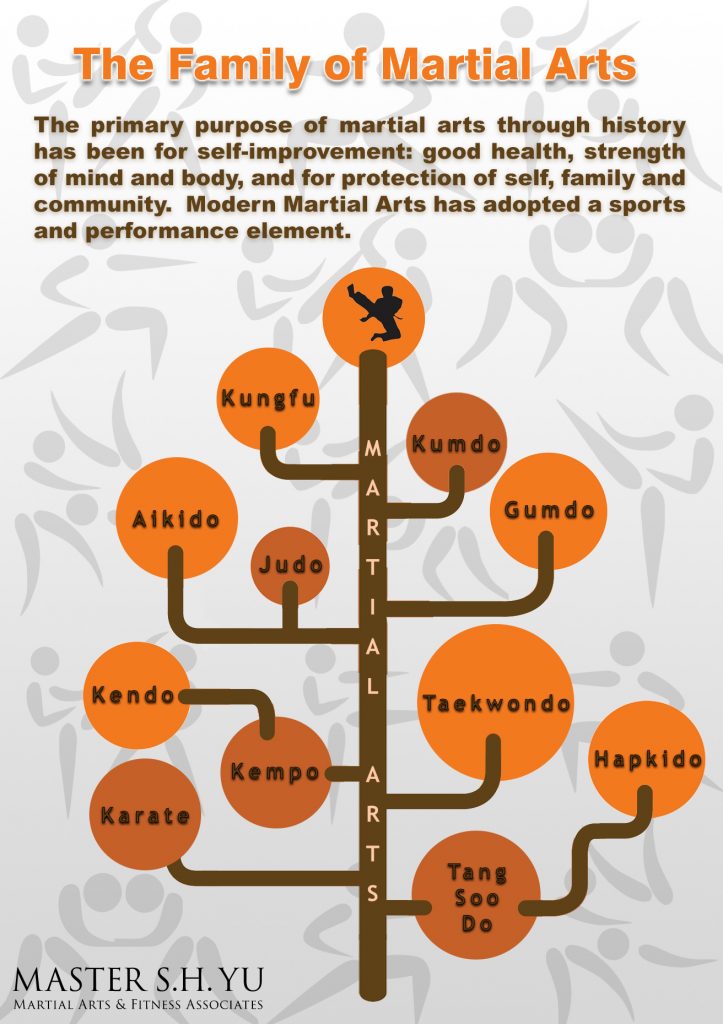Taekwondo For Self-Defense: Practical Tips And Techniques
Taekwondo For Self-Defense: Practical Tips And Techniques
Blog Article
Content Writer-Bennetsen Hester
Looking to improve your individual safety approaches? Taekwondo, a martial art known for its speedy kicks and powerful strikes, may just be the capability you need.
With its emphasis on protection strategies, Taekwondo uses functional ideas and techniques that can be used in real-life circumstances. Whether you're a novice or have some experience, this conversation will certainly give you with beneficial insights and approaches to enhance your Taekwondo abilities for self-defense.
So, get ready to unlock the keys behind Taekwondo's performance in protecting on your own, and find just how you can progress equipped to take care of any kind of possible risk.
Basic Taekwondo Techniques for Protection
To efficiently protect on your own utilizing Taekwondo, it's necessary to understand standard methods that permit you to respond swiftly and emphatically in any protection scenario.
One of the fundamental strategies in Taekwondo is the front kick. https://bestmartialartsforbalance09864.frewwebs.com/33788768/guidance-on-exactly-how-to-prevent-injuries-throughout-strenuous-fighting-styles-training involves raising your knee to your chest and expanding your leg ahead, aiming to strike your opponent's chest or confront with the sphere of your foot.
One more important method is the roundhouse kick. With this kick, you pivot on your sustaining foot and turn your leg in a circular movement, intending to strike your challenger's body or head with the top of your foot or shin.
The side kick is another reliable method, including a fast and effective thrust of your leg to hit your opponent's stomach.
Reliable Methods for Making Use Of Taekwondo in Real-Life Situations
After mastering the standard strategies of Taekwondo for self-defense, it's critical to establish efficient strategies that can be applied in real-life scenarios.
Here are three crucial methods to help you make use of Taekwondo properly:
- Remain calm and concentrated: In a real-life situation, it's easy to stress or come to be overwhelmed. However, by remaining calm and concentrated, you can assume much more plainly and make better choices.
- Use your surroundings: Taekwondo isn't practically kicks and punches. It's about utilizing your setting to your benefit. Try to find objects that can be made use of for defense or to produce range between you and your attacker.
- Aim for weak points: When defending yourself, go for the vulnerable points of your assailant. Strikes to the eyes, throat, groin, or knees can promptly disable an opponent and provide you the advantage.
Tips for Improving Your Taekwondo Skills for Protection
Creating your Taekwondo abilities for self-defense needs constant practice and a focus on key techniques.
To enhance your skills, begin by understanding the essentials. Work with your position, balance, and footwork to guarantee a strong structure.
Exercise your kicks and punches to create speed, power, and precision. Incorporate protective strategies such as blocks and parries right into your training to properly protect yourself versus strikes.
On a regular basis spar with a partner to simulate real-life circumstances and improve your response time and decision-making skills.
In addition, cross-training in other martial arts or fight sports can offer a well-shaped strategy to protection.
Verdict
As you get out of the taekwondo workshop, your mind is loaded with new techniques and techniques for self-defense. click the up coming web page feel great in your capacity to protect yourself in real-life circumstances.
Yet among the power and elegance of taekwondo, bear in mind that true protection lies not just in physical expertise, yet also in the capability to avoid conflict and diffuse tense circumstances.
white dragon martial arts is an effective tool, yet it is necessary to utilize it intelligently and responsibly.
